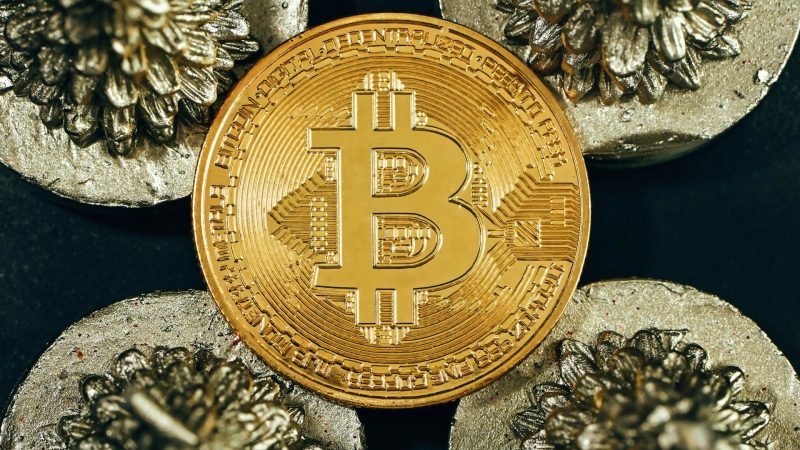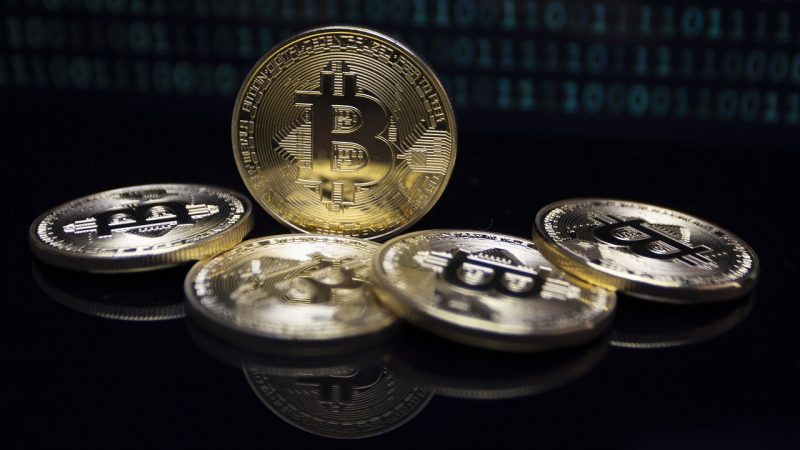Mexico Ranks Third in Latin America for Cryptocurrency Ownership: Blockchain Trends

The adoption of cryptocurrencies among Mexicans has significantly increased. Currently, 3.1 million people own digital assets such as Bitcoin, Ethereum, Solana, Dogecoin, or Binance. This represents 2.5% of the Mexican population, positioning the country third in Latin America for cryptocurrency adoption, behind Brazil and Argentina.
Remittances have played a crucial role in the spread of cryptocurrencies. In 2023, remittances sent to Mexico amounted to $63.313 billion, marking a significant increase and driving a 60% growth in cryptocurrency transactions in local currency through platforms like Bitso Business.
Following the previous Crypto News Flash report, interest in the Mexican market among crypto exchanges continues to rise. For instance, Coinbase plans to enter the Mexican market by offering cryptocurrency withdrawal services that are up to 30% cheaper than traditional cross-border payment methods.
Luiz Eduardo Abreu Hadad, a researcher and blockchain consultant at Sherlock Communications, noted that “it seems that Latin America is ready to ride the cryptocurrency wave,” reflecting the region’s growing enthusiasm for digital assets.
Brazil leads Latin America in cryptocurrency adoption and ranks ninth globally, due to the approval of exchange-traded funds (ETFs) for digital assets and the increasing acceptance of cryptocurrencies by banks.
Argentina, on the other hand, ranks second in Latin America and fifteenth globally in cryptocurrency adoption, with 5 million citizens owning some form of digital currency. High inflation rates and strict capital controls have driven this acceptance among the Argentine population.
In contrast, cryptocurrency adoption in El Salvador has declined, despite the country adopting Bitcoin as legal tender. The country dropped from 55th place in 2022 to 95th place in 2023 in terms of public acceptance.
A previous Crypto News Flash report highlighted that the increasing adoption of cryptocurrencies in Mexico and throughout Latin America underscores a growing trend influenced by economic factors such as remittances, inflation concerns, and regulatory developments that shape public perception and engagement with digital assets.


